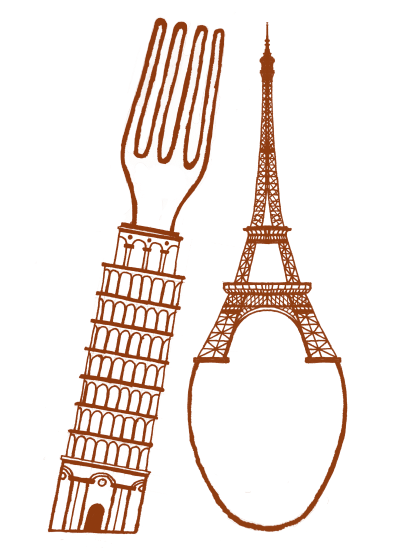Être et Avoir - Introduction lesson on two of the most important and vastly used verbs in French. Welcome back to another lesson in French. Our lesson for today is a more of a grammar one. Two of the most commonly used verbs in French are Être and Avoir. Être (to be) and Avoir (to have), are both irregular verbs. Both verbs, however more Être than Avoir are that versatile that they're used for idiomatic expressions.
There are three main uses for the verb Être in the present tense:
1. Être is used with adjectives, nouns and adverbs to describe a temporary or permanent state of being.
Examples:
Elle est belle. > She is beautiful.
Je suis maltaise. > I'm Maltese.
Ils sont en Italie. > They're in Italy.
2. Être is used to describe someone's profession.
Examples:
Mon frère est informaticien. > My brother is a computer scientist.
Nous sommes étudiants. > We are students.
Je suis professeur. > I'm a teacher.
3. Être can be used with the preposition à and a stressed pronoun to indicate possession.
Example:
Ce crayon est à toi. > This is your pencil.
Les conjugaison du verbe Être
je suis
tu es
il/elle/on est
nous sommes
vous êtes
ils/elles sont
The verb Avoir - to have is a lot less complex than Être in most cases. Avoir is used for describing having something in one's possession and currently experiencing something.
Examples:
J'ai du pain et du fromage. > I have some bread and cheese.
Il a mal à la tête. > He has a headache.
Les conjugaison du verbe Avoir
j' ai
tu as
il/elle/on a
nous avons
vous avez
ils/elles ont
All of the above shows simple explanation and some examples for you to follow. The endings for both Être and Avoir change according to the pronouns. Now, click on the link below, download the worksheet and practice these two important verbs in French.
